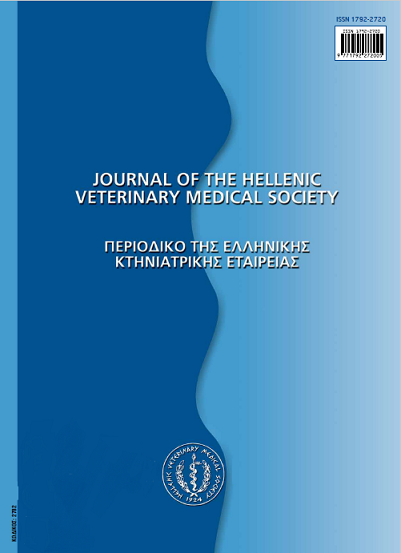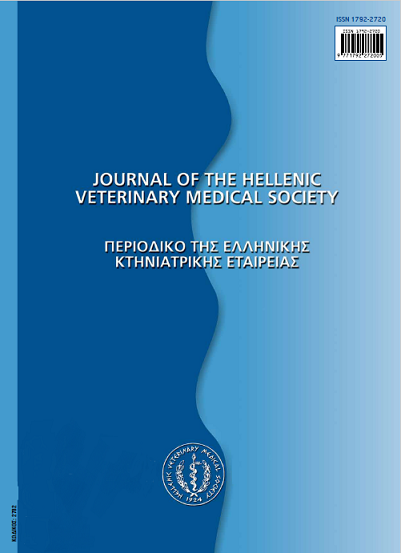The use of orthopaedic wire for fracture fixation in companion animals
Abstract
Orthopaedic wire is widely used in companion animal fracture repair. It is mainly applied as an auxiliary fixation method, in combination with other orthopaedic implants, and rarely as the sole method of fixation. The most frequently used types of orthopaedic wire are those with both ends straight, and the AO/ASIF wire, which has an "eye" twisted into one end of it, whereas the other end is straight. The wire should be applied tighdy and secured into place, either by a twist knot or by the use of a locking loop, respectively. Three types of wiring can be seen: fullcerclage wire, tension band wire and interfragmentary wires (cruciate or hemi-cerclage). The understanding of the proper principles of orthopaedic wire application and of the limitations of its use with fracture management is crucial. When applied properly and in the correct circumstances, orthopaedic wire is an effective mean of fracture fixation.
Article Details
- Come citare
-
PRASSINOS (N.N. ΠΡΑΣΙΝΟΣ) N. N. (2017). The use of orthopaedic wire for fracture fixation in companion animals. Journal of the Hellenic Veterinary Medical Society, 55(1), 63–74. https://doi.org/10.12681/jhvms.15155
- Fascicolo
- V. 55 N. 1 (2004)
- Sezione
- Review Articles
Authors who publish with this journal agree to the following terms:
· Authors retain copyright and grant the journal right of first publication with the work simultaneously licensed under a Creative Commons Attribution Non-Commercial License that allows others to share the work with an acknowledgement of the work's authorship and initial publication in this journal.
· Authors are able to enter into separate, additional contractual arrangements for the non-exclusive distribution of the journal's published version of the work (e.g. post it to an institutional repository or publish it in a book), with an acknowledgement of its initial publication in this journal.
· Authors are permitted and encouraged to post their work online (preferably in institutional repositories or on their website) prior to and during the submission process, as it can lead to productive exchanges, as well as earlier and greater citation of published work.





